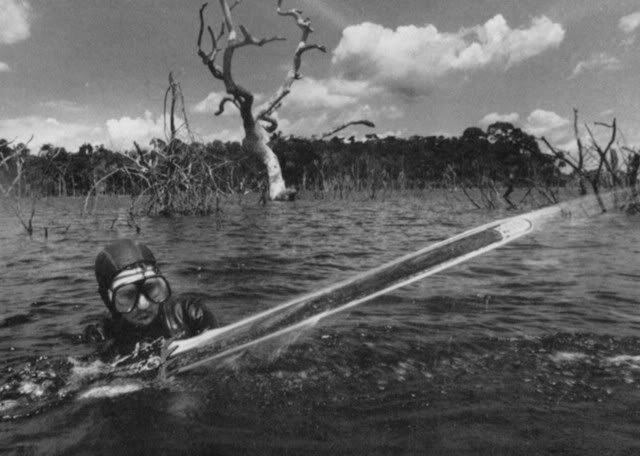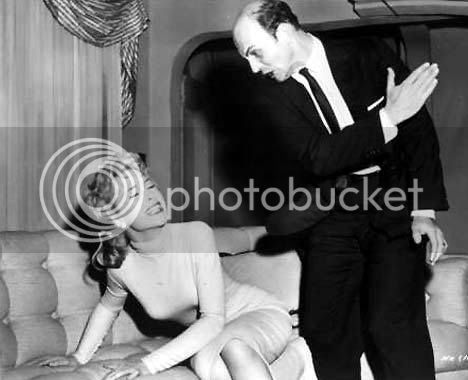StihltheOne
ArboristSite Guru
I just love a bed time story!!!! Sweet dreams...... In the Stihl of the night!

I would like to hear about the steam boilers was that when the first company folded or later. This thread went downhill quick I hope we can turn it around. Stihl did a lot to contribute to what we use today and we owe him some more respect he earned it.
Tom now that the BS is all over with can you go on with the story please...
.

Ole Stihl might of made the saws......but someone else made then run underwater.....Hahahahahahahaha!......Is that Gypo Logger?


Hmmm. I smell culls. :greenchainsaw:





Tom now that the BS is all over with can you go on with the story please...
Ole Stihl might of made the saws......but someone else made then run underwater.....Hahahahahahahaha!......Is that Gypo Logger?

The engine is a 131B, 14hp, 2 stroke, air cooled diesel, with 5 forward gears (one being very low speed) and one reverse.
Tom now that the BS is all over with can you go on with the story please...
.
Great Pic Dennis,,,,,
Had to rep ya for that one,,,,,
Who said it was over? You?
Looks like we are all having fun.
Seems I did the best I could to help tom out, If he wanted to post in between what I contributed he would. and he did
Seems he said I was doing a good job, beside I don't mind taken a jab or two.
Is there something that upsets you?
Woo hoo, no no no, no time for arguing, get back to work. Yes you was doing good and keep going, don't make me have to fire ya daymmm it, save the fussing for later, get back to the story,GRRRRRRRRRRRRRRRRRRRRRR
Tells ya what, You lead The night out.
Ok now I'm being nice tonight, Why is it a Husky fan has to talk about Stihls History. Don't you Stihlheads know this stuff ?
The true revolution in chain saw technology--and the development that led to the worldwide acceptance of the chain saw--was the Stihl Contra, introduced in 1959. The Contra, which featured a direct drive and diaphragm carburetor, weighed only 26.65 pounds, yet achieved 6 hp.
The equity put up of both partners, which was paid in cash, is 500,000 Marks each. Sounds like alot of money , but inflation is running wild in Germany. The actual value of the money shown as capital is revealed by the amounts that had to be paid for the entry in the commercail register and publication of that entry in the Imperail Gazette. It was 5,775 million Marks, plus 200,000 Marks in corporation tax.
The young engineers are very active. Among other things, they develop forehearth systems which they offer for sale as the Stihl-Hohl System.
The young company is not successful. Although inflation is ended by a currency reform in Nov. 1923, the new currency does not bennift the firm. It makes high operating costs as Andreas Stihl later reports. For this reason the partners decide in March 1926 to wind up the company without going into liquidation, as subsequently stated in the application for deregistration of the firm.
However cancellation of the firms registration in the commercial register is forgotton for the time being. Andreas Stihl was too involved with new projects. Only after receiving a warning that an administrative fine of 20
Reichsmarks will be imposed on each partner was the officially required application submitted to the Registration Court in September. On Dec.14,1926
and entry is made in the Stuttgart commercial register that Stihl&Hohl was
dissvolved. None of our creditors were harmed by the dissolution reports
Andreas Stihl, we paid back our creditors in monthly installments with interest and compound interest by 1932.
Neither the failure of Stihl&Hohl nor the repayments following the dissolution discourage Andreas Stihl from undertaking a second attempt as an enterpreneur. Alone this time, without any partners or any outside assistance. While still in 1926 the Registration Court is waiting for the deregistration of the old company, he opens A.Stihl Engineering Consultancy in Rotebuhlstrafse 43 in Stuttgart.
{more to come}
Enter your email address to join: